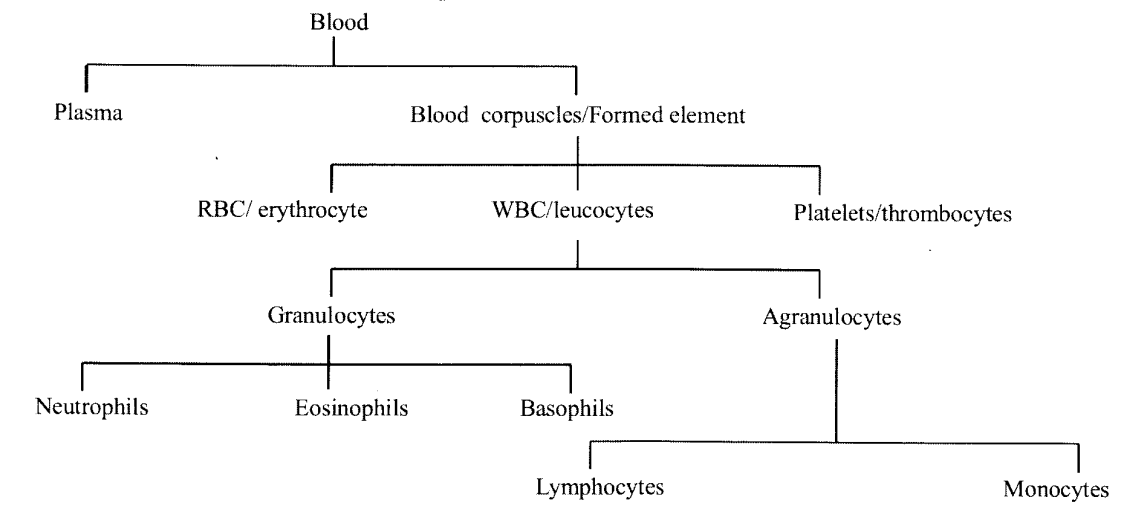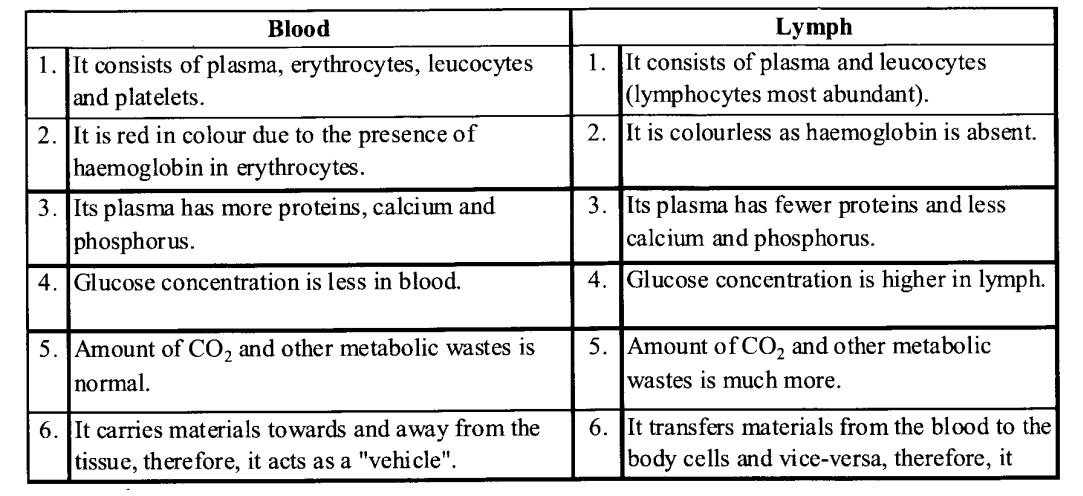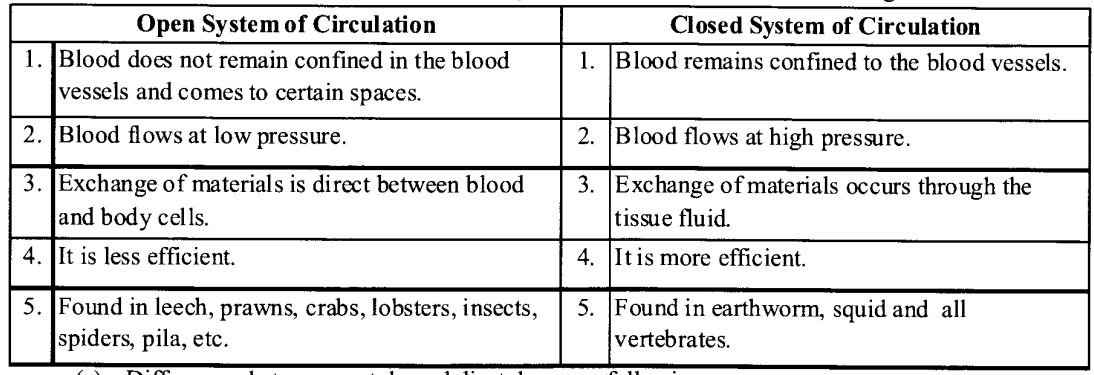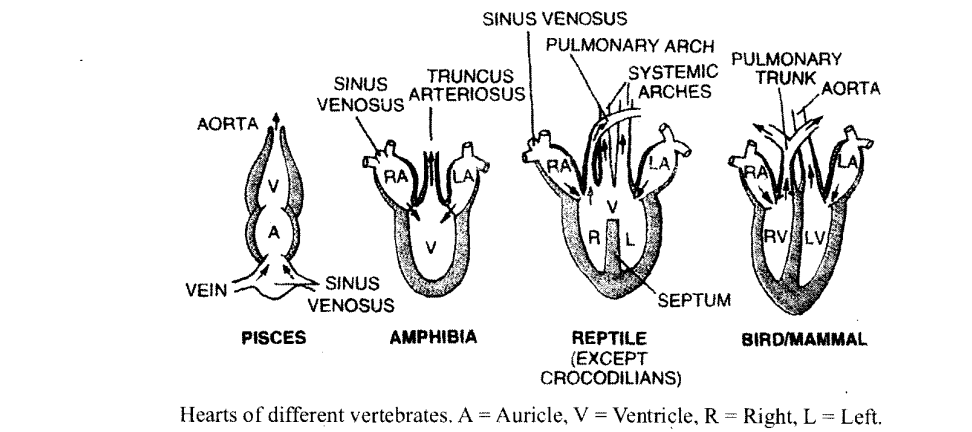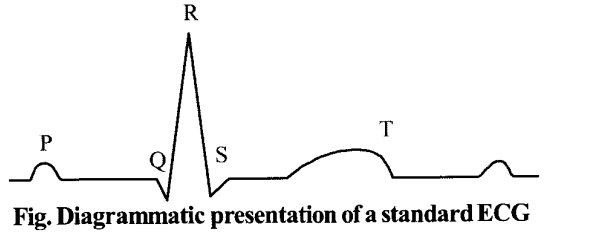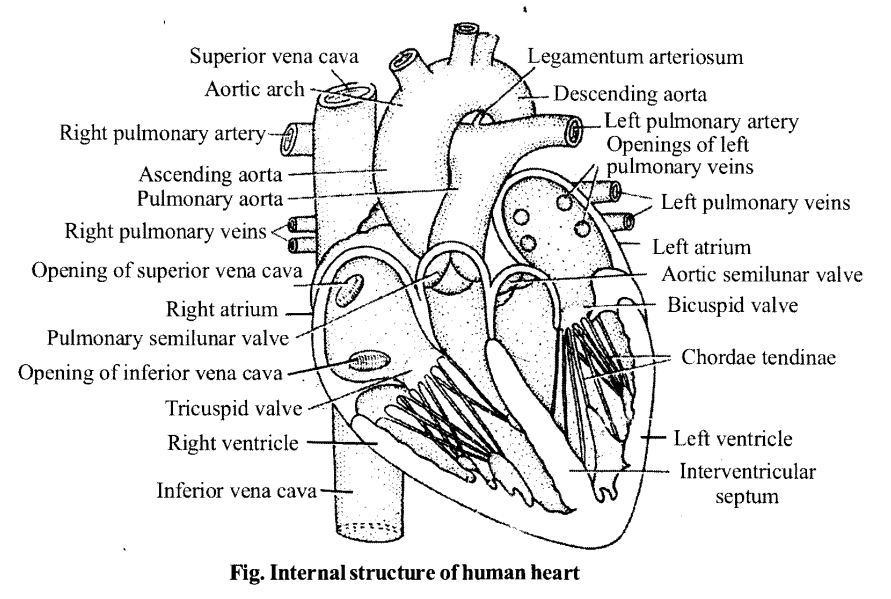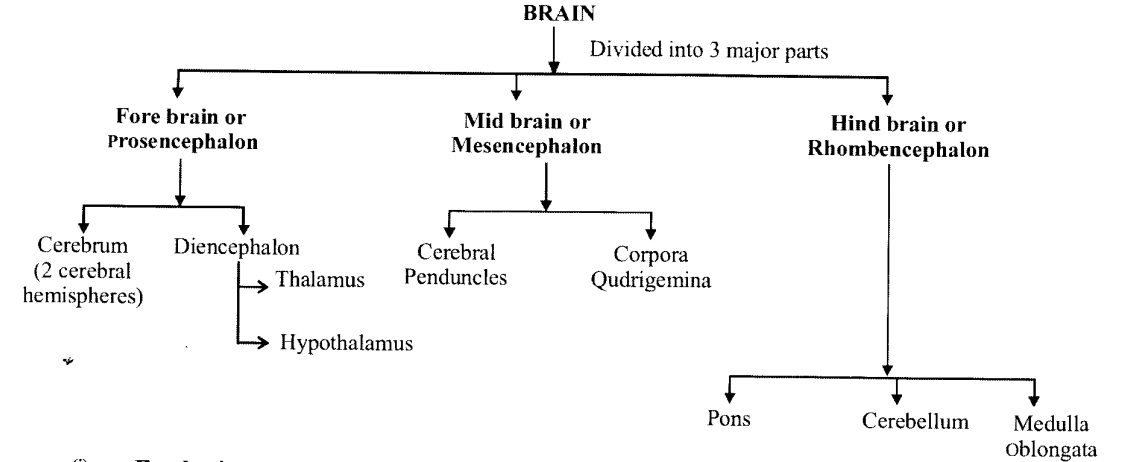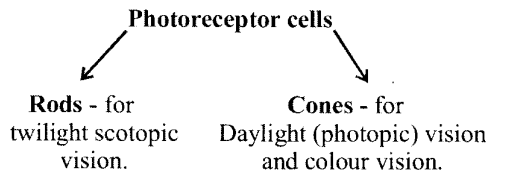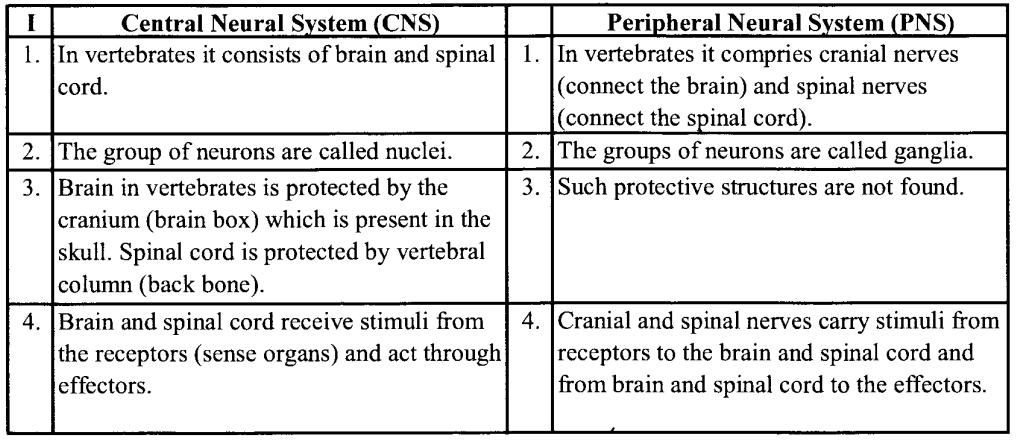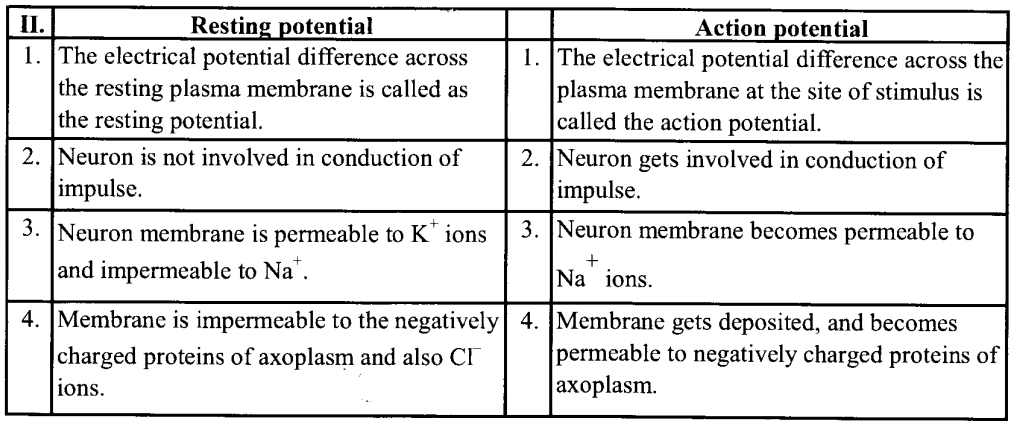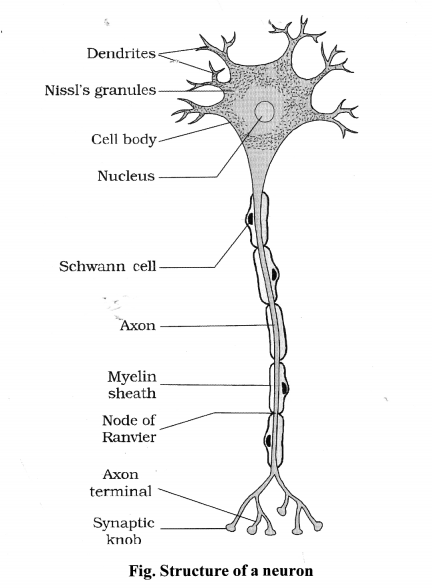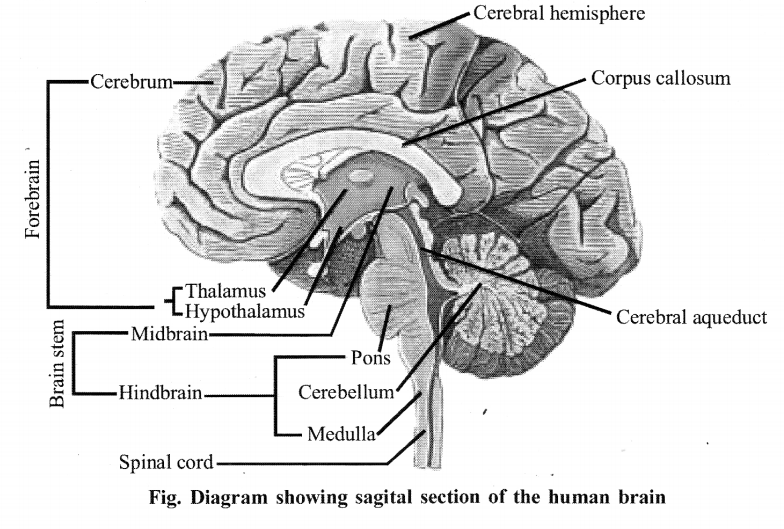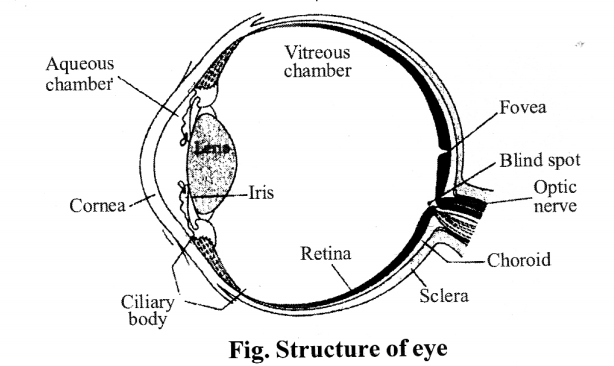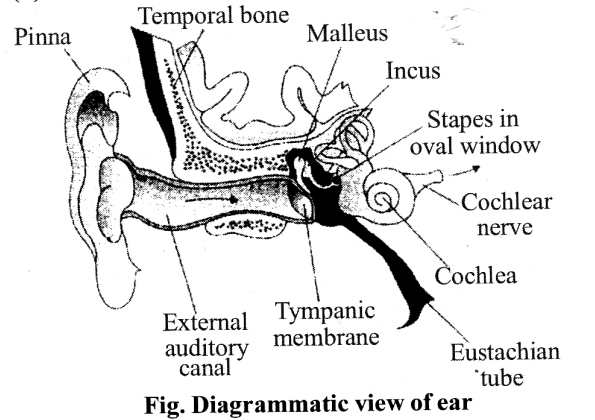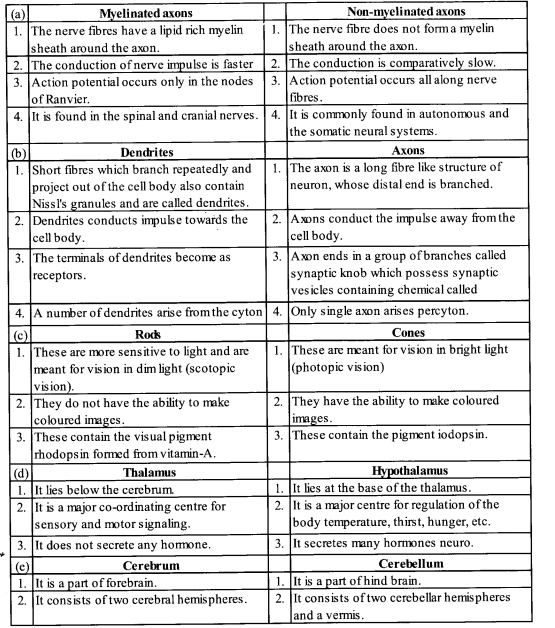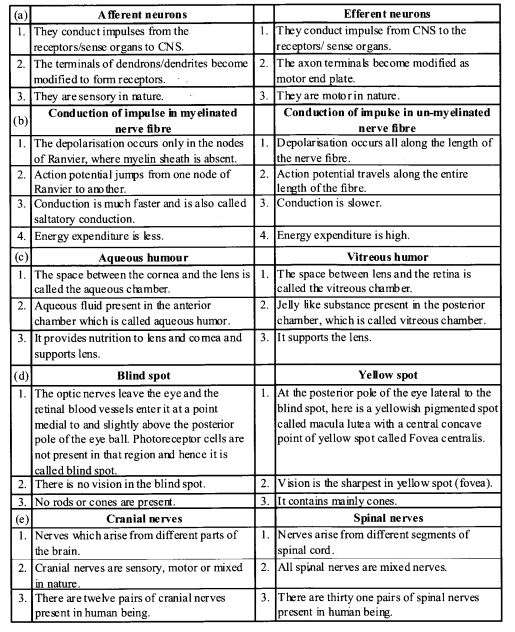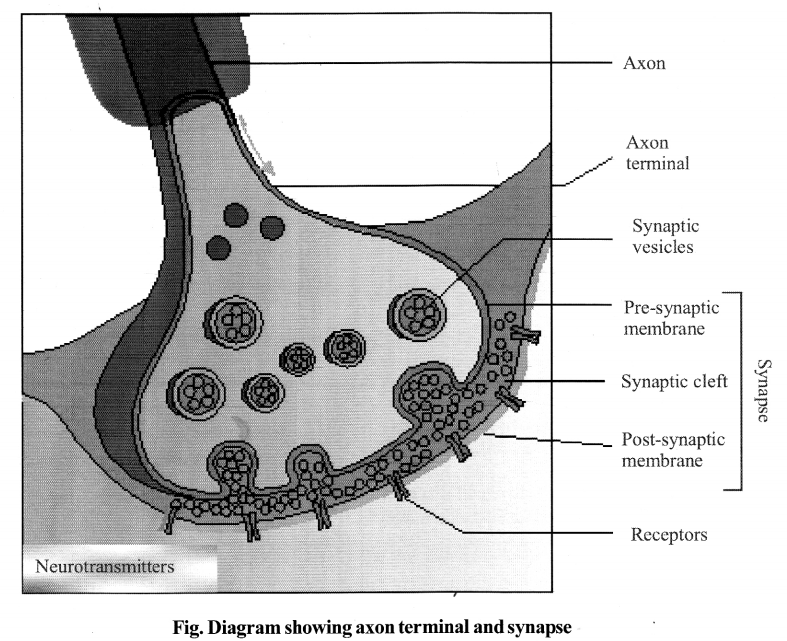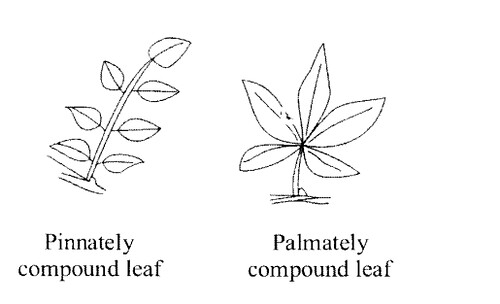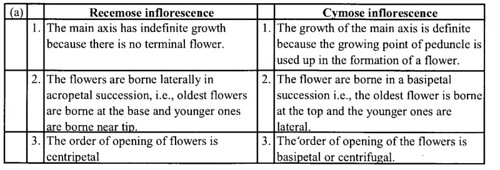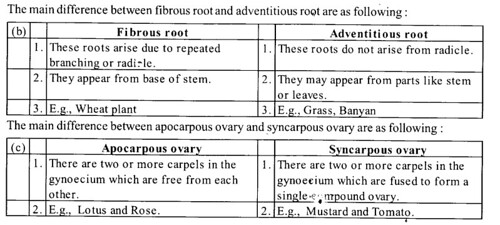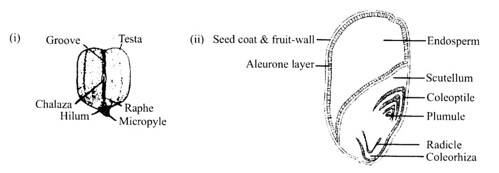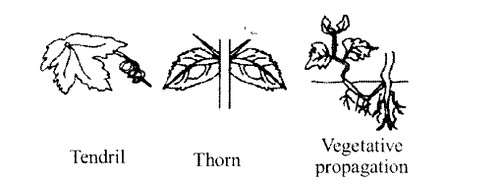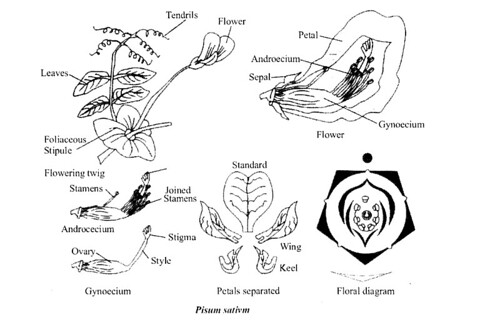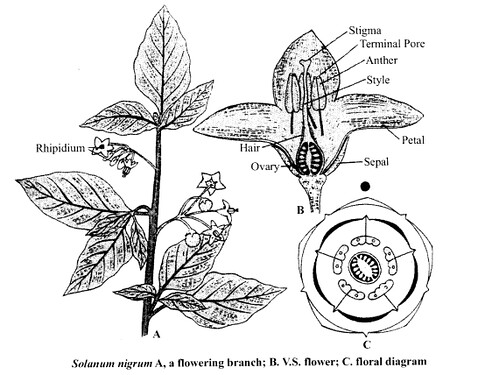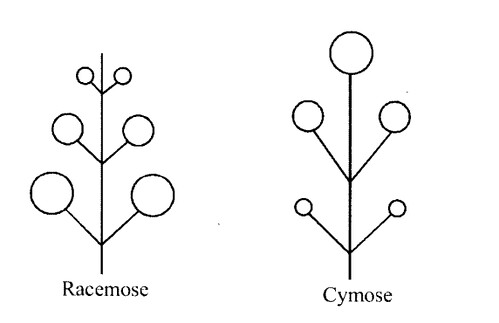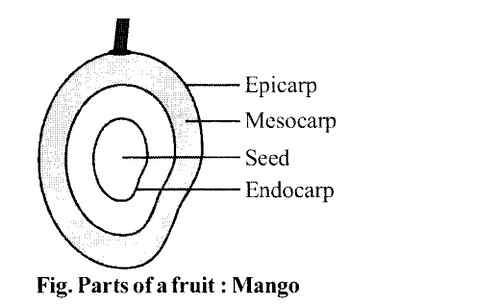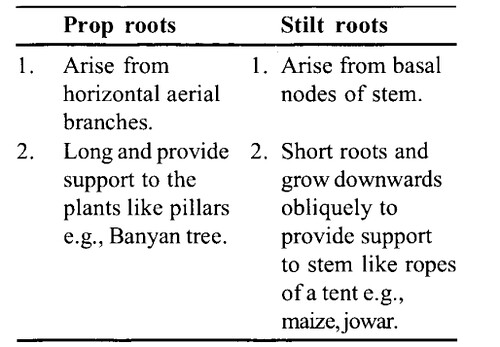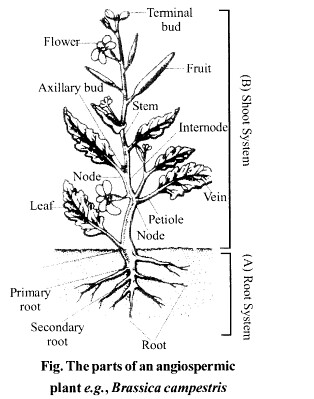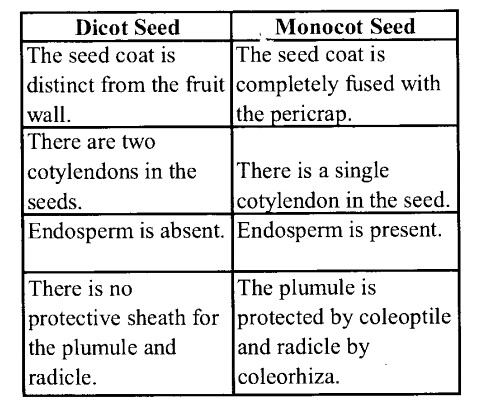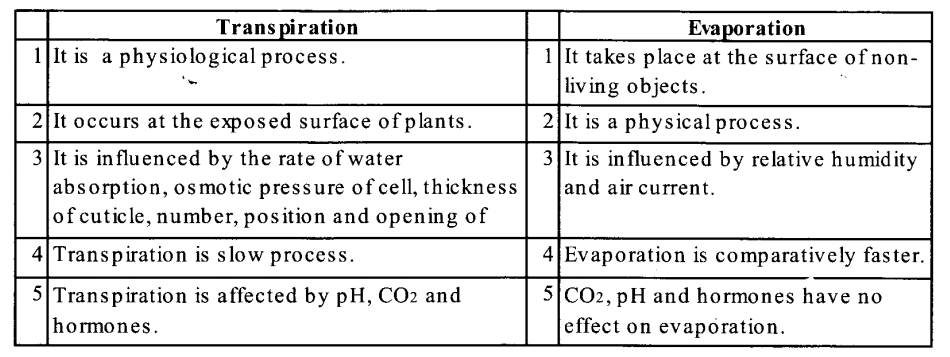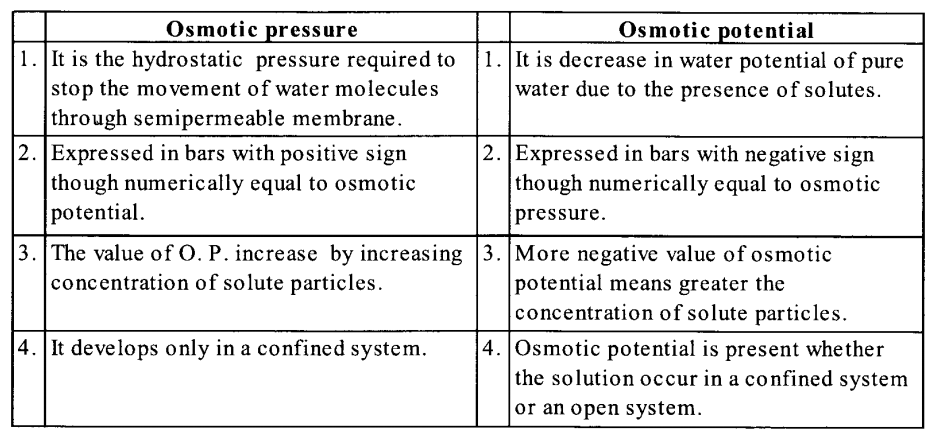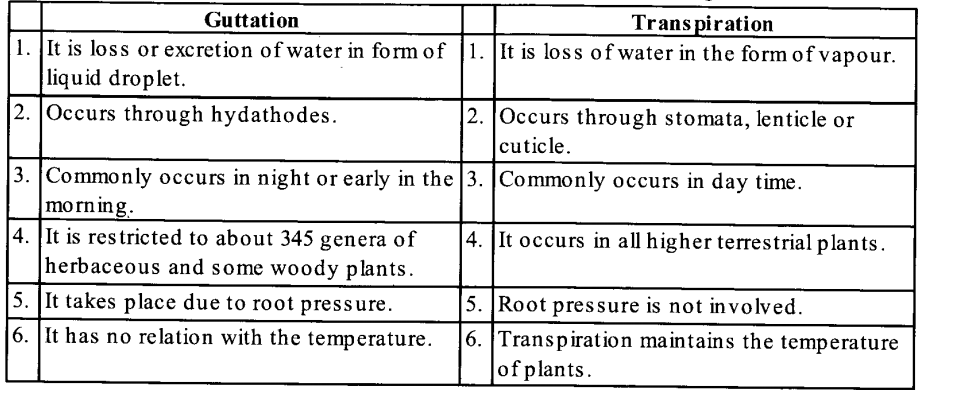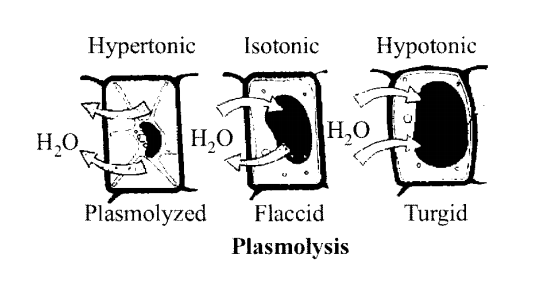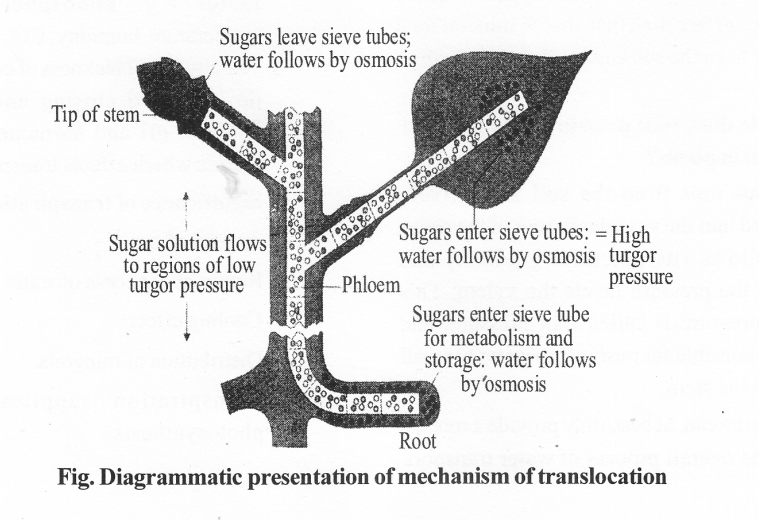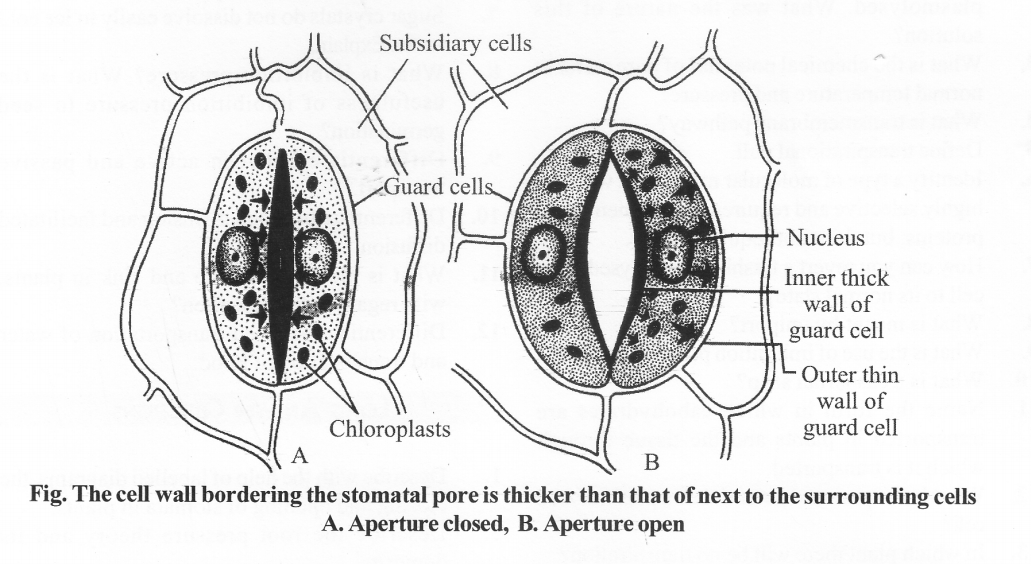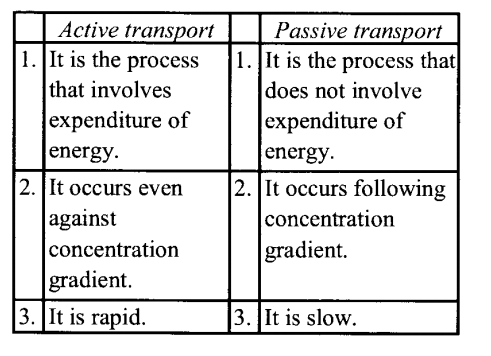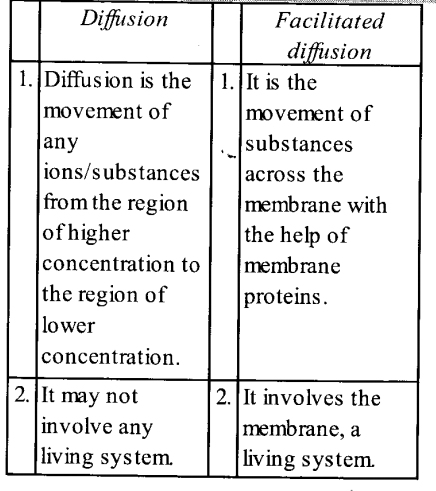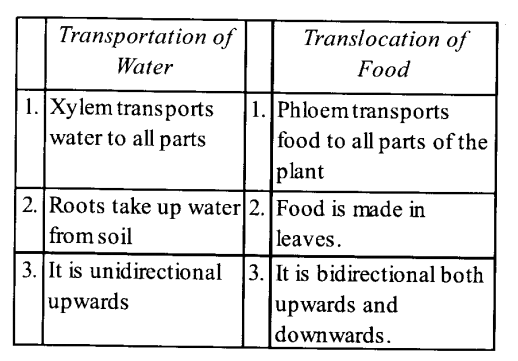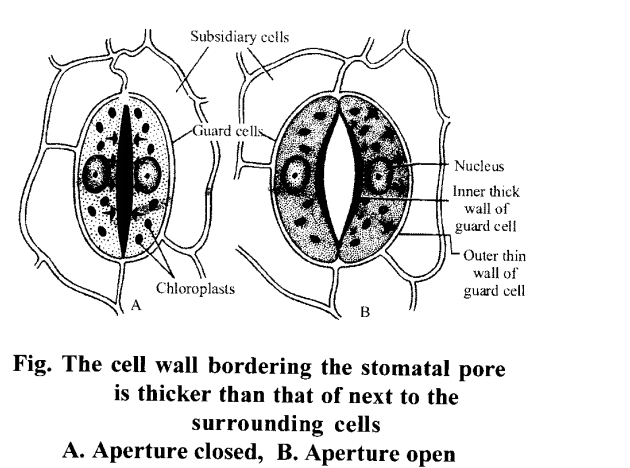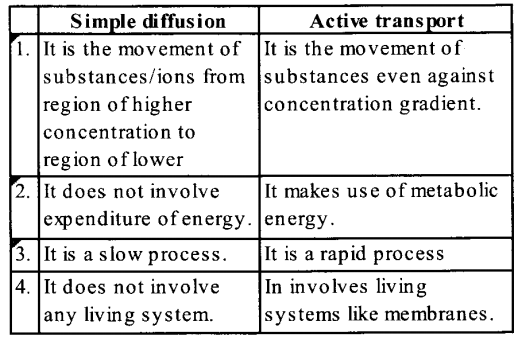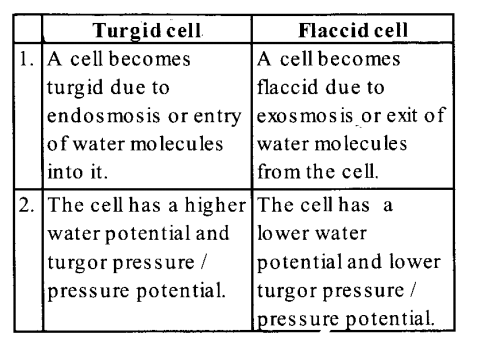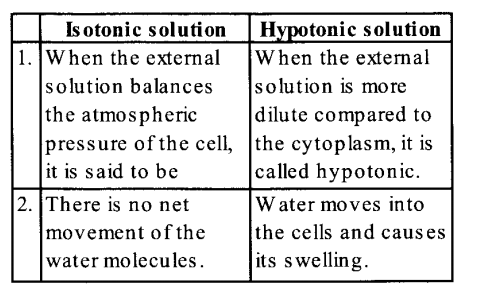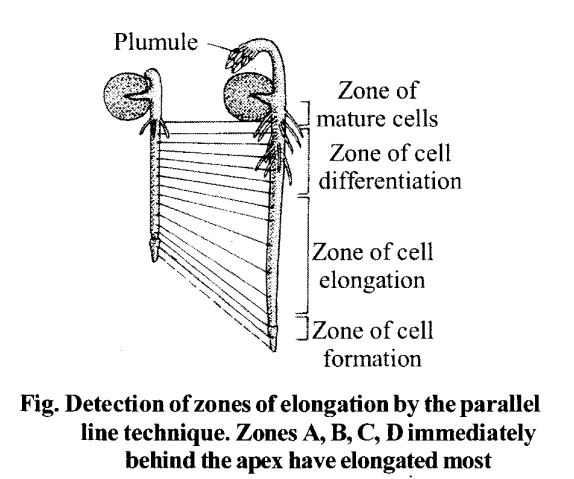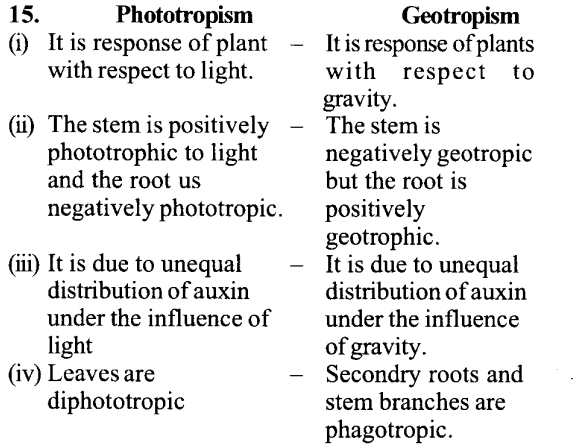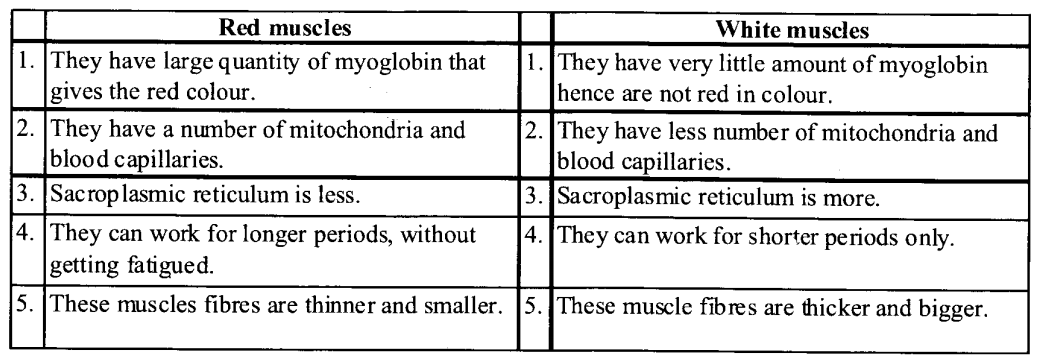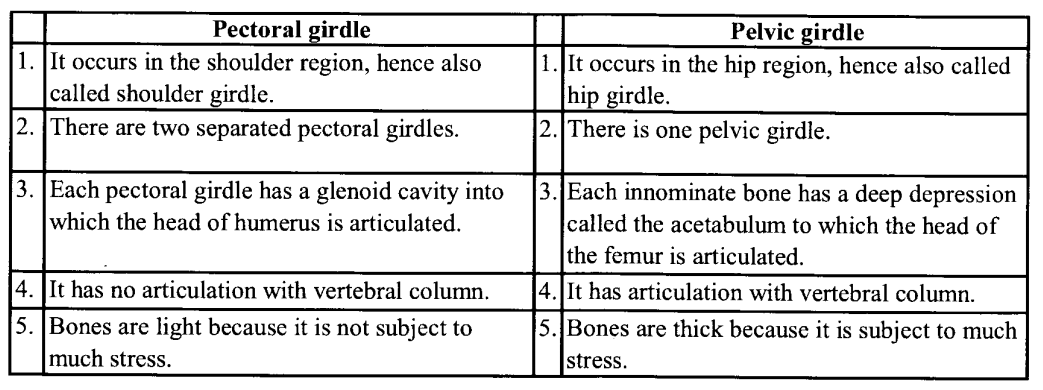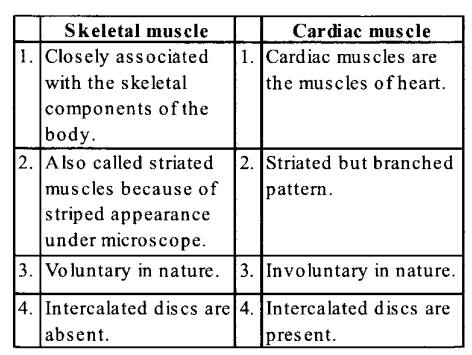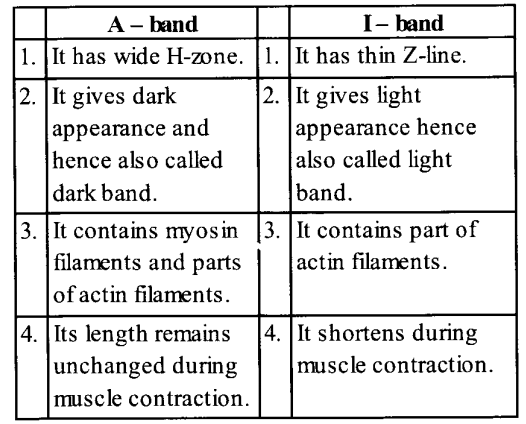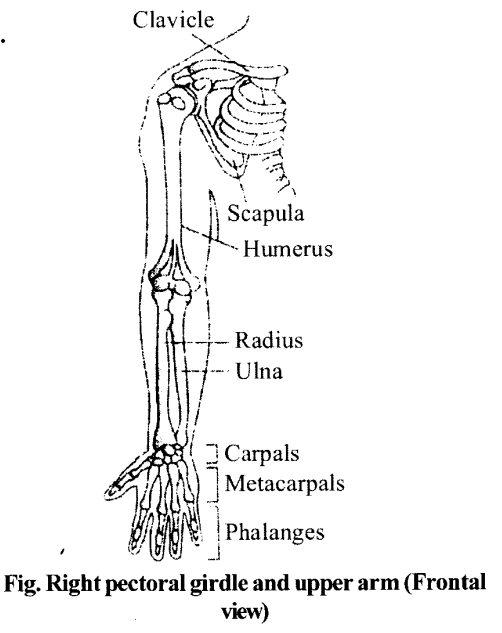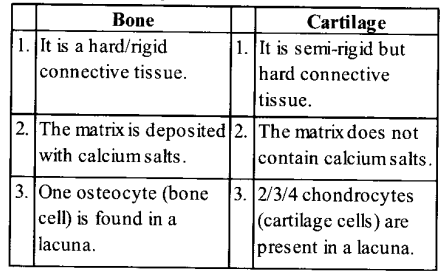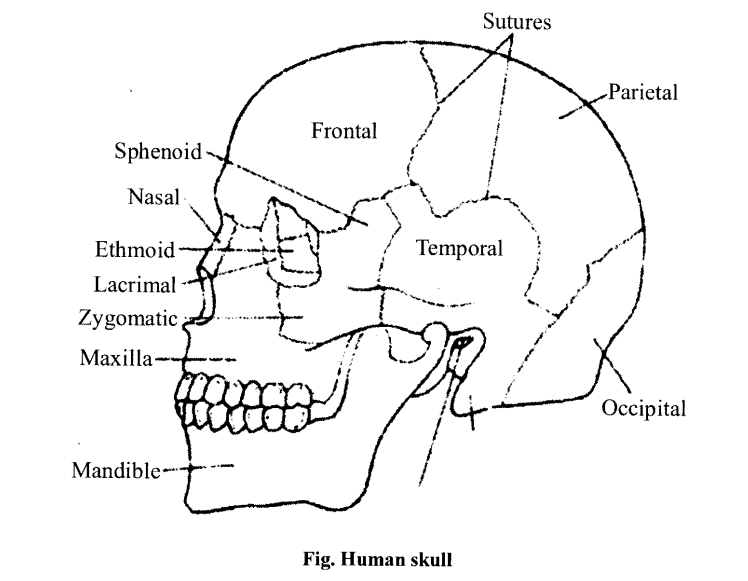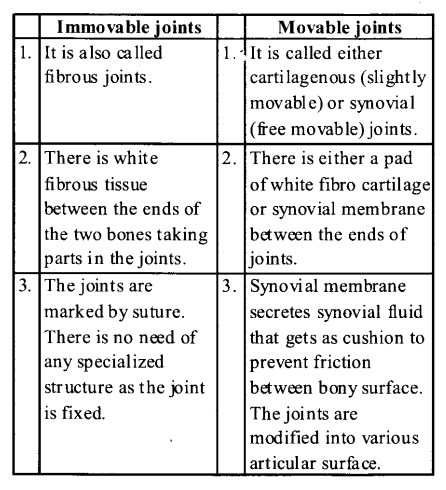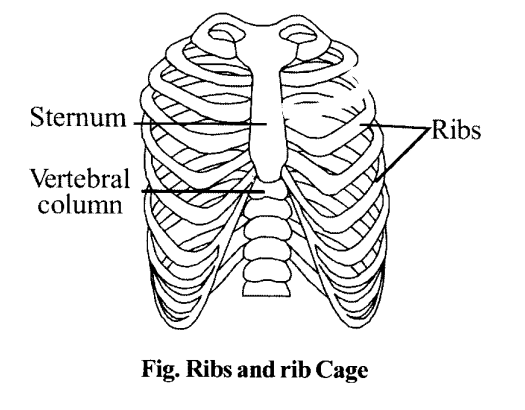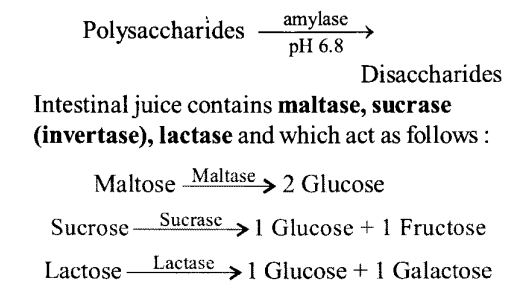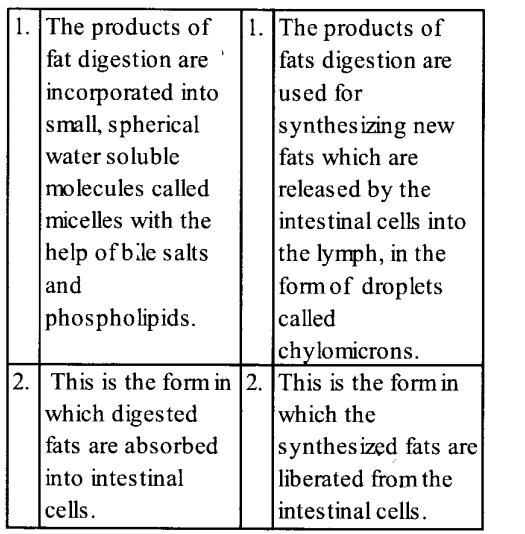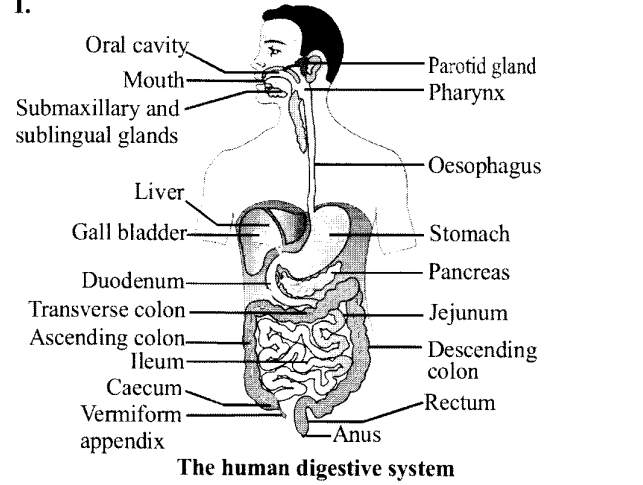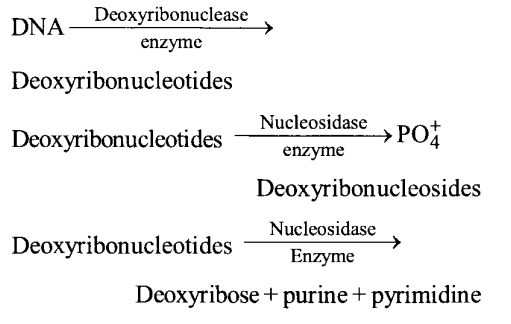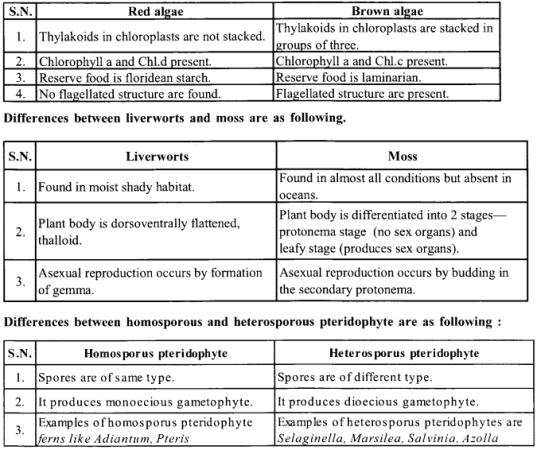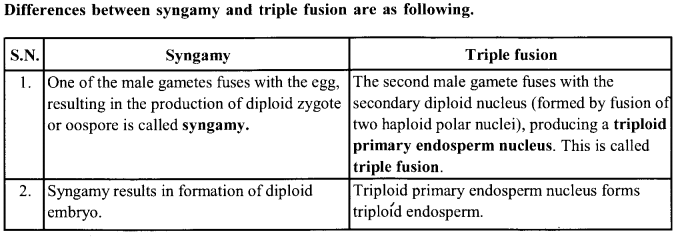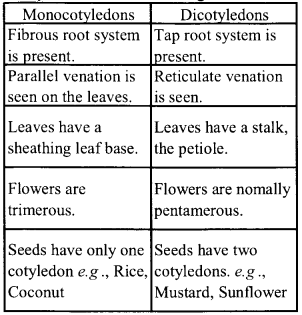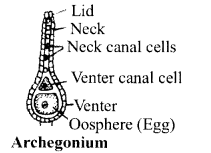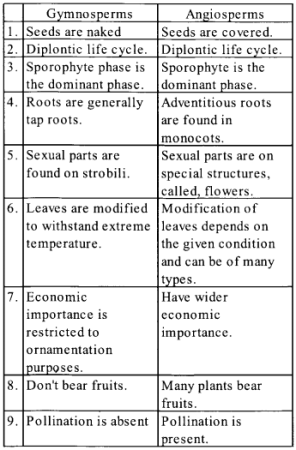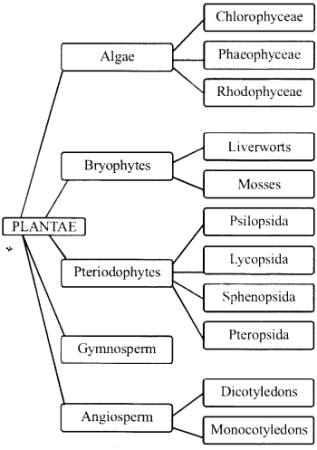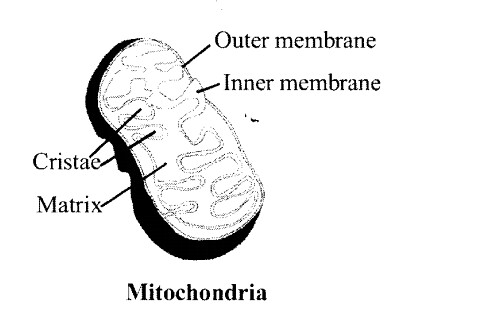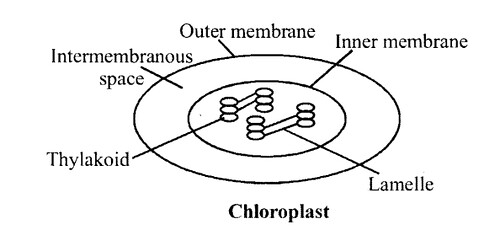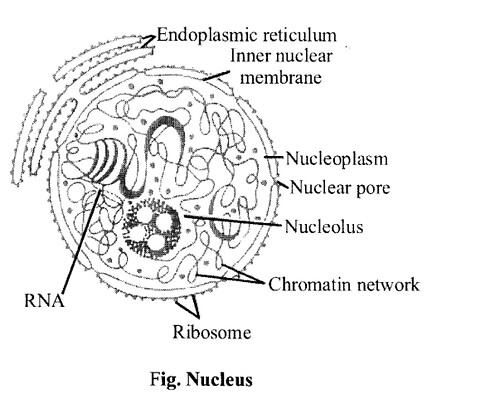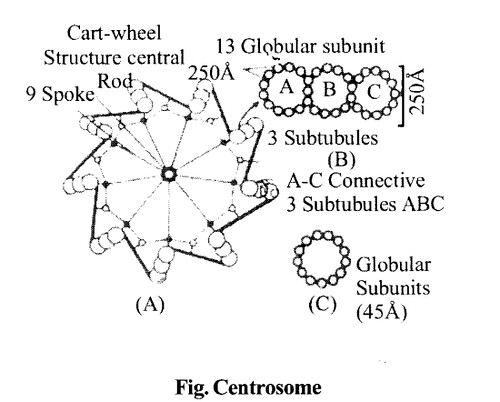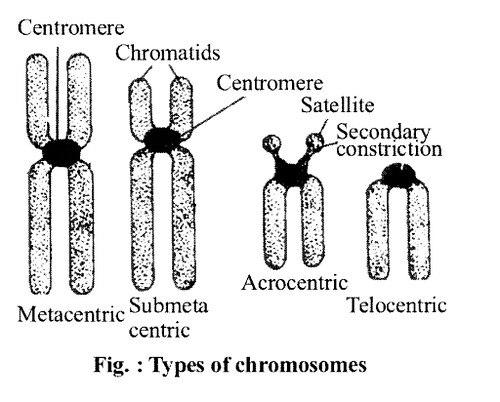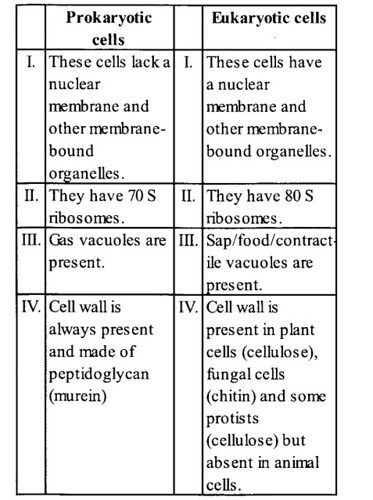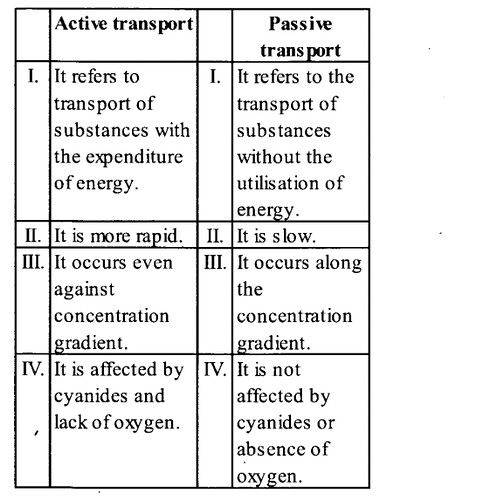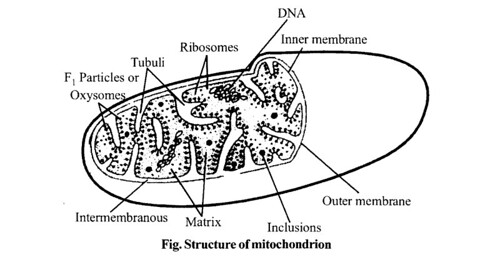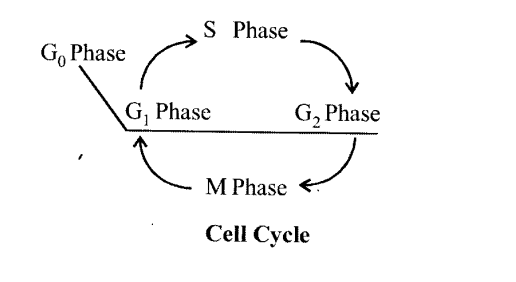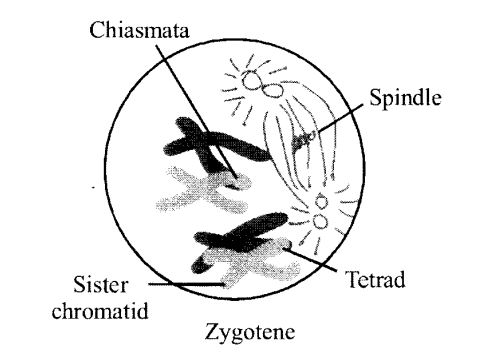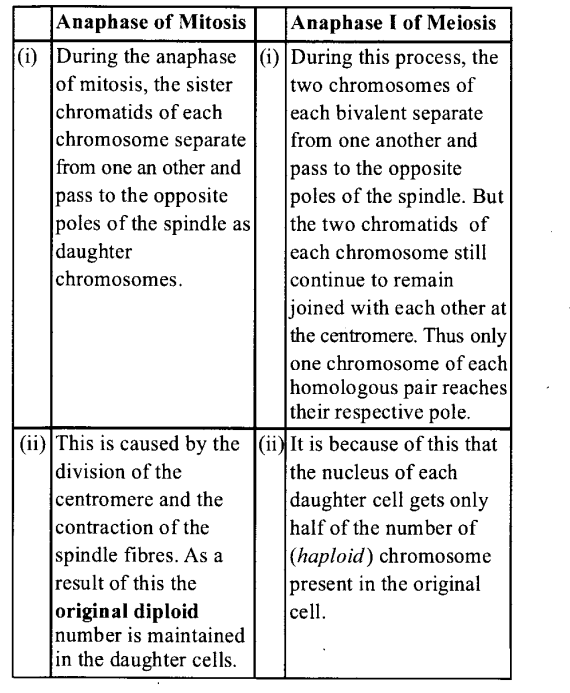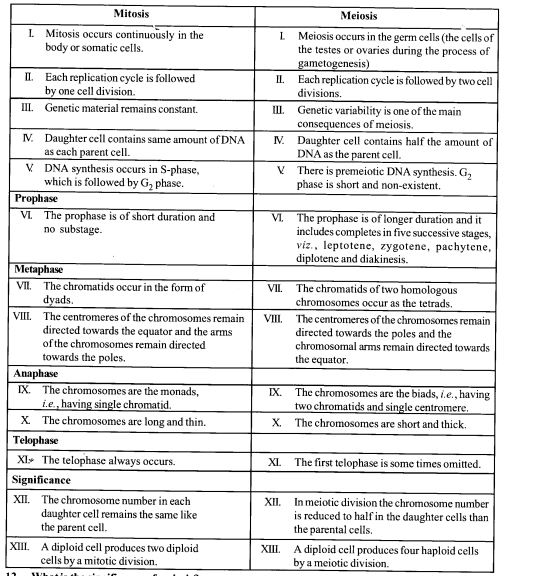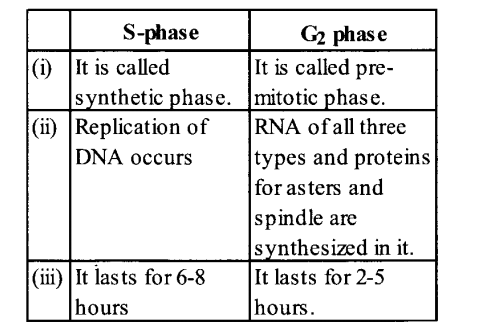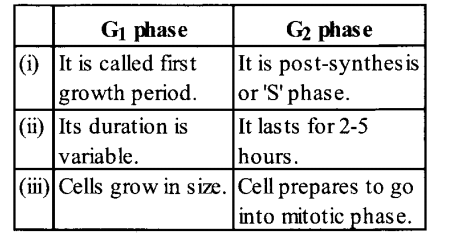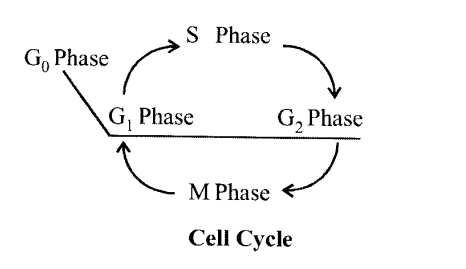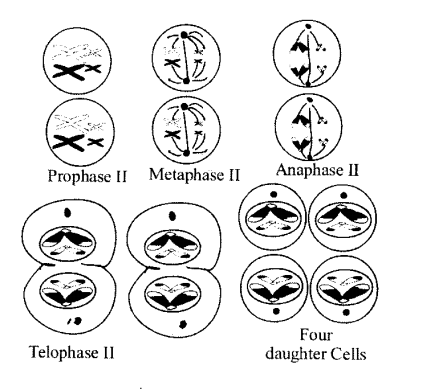NCERT Solutions for Class 11 Biology Chapter 4 Animal Kingdom
These Solutions are part of NCERT Solutions for Class 11 Biology. Here we have given NCERT Solutions for Class 11 Biology Chapter 4 Animal Kingdom.
Question 1.
What are the difficulties that you would face in the classification of animals if common fundamental features are not taken into account?
Solution:
There are millions of living organisms with a vast variety of shapes, sizes,s, and forms. They occur in a variety of habitats. It is difficult to identify and describe them at random, so they are classified into various categories. For identification and classification, different types of classification are required. There are fundamental features common to various individuals in relation to the arrangement of cells, body symmetry, nature of coelom, patterns of digestive, circulatory, or reproductive systems, etc. These features are used in the classification of animals.
Question 2.
If you are given a specimen, what are the steps that you would follow to classify it?
Solution:
Classification of specimen deals according to a systematic plan on the basis of their v similarities, differences and relationship.
We will take the following steps
(i) Level or grade of organisation:
There are different types of cell which are organised into functional units of progressively increasing complexity. Such as acellular, cellular, tissue, organ and organ system.
(ii) Pattern in organ system :
There are different organ system in which specific group of organs work together to do a specific function. Such as digestive organs in digestive system. Respiratory organs in respiratory system, etc. in animal body.
(iii) Symmetry:
In animals, 4-types of symmetry are seen. These are spherical, radial, bilateral, Asymmetrical species are classified according to symmetry.
(iv) Diploblastic and triploblastic organisation: According to number of germ layers which differentiate at the time of gastrulation in developing embryo. Species are classified as diploblastic i.e. two germ layer and Triploblastic i.e. three germ layers.
(v) Body cavity or coelom:
According to types of coelom, species are classified into acoelom, pseudocoelom and eucoelom animals.
(vi) Segmentation:
Species are classified according to segmentation. It is of three types i.e. pseudometamerism or false segmentation, internal and external segmentation.
(vii) Notochord:
On the basis of notochord, animals or species are divided into chordates and non-chordates.
We will follow the above steps in classification of animal, then fair idea of that animal can be derived.
Question 3.
How useful is the study of the nature of body cavity and coelom in the classification of animals?
Solution:
Coelom is the gap between gut and body wall. Coelom is the characteristic feature of complex or higher animals while lower animals like Platyhelminthes are acoelomate. The absence of coelom indicates that the animal is yet to develop a functional division of labour to carry out various activities. So the coelom characterises complexity of the animals and represents organic evolution.
There are three types of coelom
(i) Acoelom – It means absence of body cavity which is due to the failure of mesoderm to cavitate during embryogency, so there is no coelom, no peritonium. ex-porifera, colenterata, etc.
(ii) Pseudocoelom — It means presence of coelom that develops from the blastocoel but not lined by mesoderm, ex-nematodes, etc.
(iii) Eucoelom – It means hue coelom, which is lined by mesoderm resulting in tube within -tube design.
ex- higher invertebrates, chordates, etc.
Question 4.
Distinguish between intracellular and extracellular digestion?
Solution:
- Intracellular digestion takes place inside the cells by cellular enzymes, which are secreted by the surrounding cytoplasm into the food vacuole and the digestive products are then diffused in cytoplasm.
- It mainly occurs in unicellular organism and also is a less efficient method.
- Extracellular digestion occurs with the help of digestive enzymes poured into gastrovascular cavity by secretory cells and then the digestive products are diffused across the intestinal wall into various parts of the body.
- It mainly occurs in multicellular organisms and is more efficient.
Question 5.
What is the difference between direct and indirect development?
Solution:
In oviparous animals, the newly hatched young may resemble the adult. Such a development is called direct development. In some cases, the young hatched from eggs do not resemble the adult. These young are called larvae, nymphs, or naiad. They lead an independent life for some period and finally undergo important change to become adults. These changes from larvae to adults are called metamorphosis and such a development is called indirect development.
Question 6.
What are the peculiar features that you find in parasitic Platyhelminthes?
Solution:
Members of Platyhelminthes possess the following characteristics.
- These are mostly endoparasites of animals including human.
- Hook and suckers are present for attachment to host body.
- They absorb nutrient from the host directly through their body surface.
- These are free-living, parasitic forms. Tissue, organ, grade of body organization is seen.
- The digestive tract is incomplete or absent.
- Respiration is anaerobic.
- Reproductive system of parasitic forms is highly developed with enormous power of reproduction.
- Well defined excretory organs such as flame cells are present.
Question 7.
What are the reasons that you can think of for the arthropods to constitute the largest group of the animal kingdom?
Solution:
The phylum Arthropoda constitutes the largest group of animals which include many economically important insects. Over two-thirds of all named species on earth are arthropods. They have an organ-system level of, body organization. They are bilaterally symmetrical, triploblastic, segmented, and acoelomate animals. The body of arthropods is covered by a chitinous cuticle which forms the exoskeleton. The body segments are fused to form the head, thorax, and abdomen. They have jointed appendages. The appendages are variously modified to form antennae, mouthparts, pincers, or walking legs.
The digestive system is complete. Respiratory organs are gills, book-gills, book lungs, or tracheal systems. The circulatory system is open type. The nervous system is almost similar to that of the annelids. Sensory organs include antennae for perceiving odor, receptors for taste, eyes, statocysts or balance organs, and sound receptors. Excretion takes place through green glands or malpighian tubules. They are mostly dioecious, Reproduction is sexual. Fertilization is usually internal. They are mostly oviparous. Development may be direct or indirect, passing through many larval stages. The process of transformation of a larva into an adult is called metamorphosis.
Question 8.
Water vascular system is the characteristic of which group of the following:
(a) Porifera
(b) Ctenophora
(c) Echinodermata
(d) Chordata
Solution:
Echinodermata – Its vascular system with tube feet helps in locomotion. A perforated plate , madreporite, permits entry of water into ambulacral system which also help in food and gas transport system.
Question 9.
“All vertebrates are chordates but all chordates are not vertebrates”. Justify the statement.
Solution:
The members of subphylum Vertebrata possess notochord during the embryonic period, which is replaced by a cartilaginous or bony vertebral column in the adult. Thus, all vertebrates are chordates but all chordates are not vertebrates. Besides the three basic chordate characters, vertebrates have a ventral muscular heart with two, three, or four chambers, kidneys for excretion and osmoregulation, and paired appendages which may be fins or limbs.
Question 10.
How important is the presence of an air bladder in Pisces?
Solution:
The class Osteichthyes possesses Air bladder. It helps the organism in regulating buoyancy. If the air bladder were absent the animal had to swim constantly to avoid sinking.
Question 11.
What are the modifications that are observed in birds that help them fly?
Solution:
The birds are adopted for flying by reducing the weight and other modifications which are as follows :
- The forelimb modified into wings to assist in flight.
- Left ovary absent or reduced
- Presence of pneumatic or hollow bones for making a lightweight skeleton.
- The aerodynamic body helps in flying.
- Excretion of urine and faeces occurs through single opening.
Question 12.
Could the number of eggs or young ones produced by an oviparous and viviparous mother be equal? Why?
Solution:
Normally the number of eggs produced by oviparous is greater than the number of young ones by viviparous. The development of young ones is oviparous takes place outside the mother whereas in the viviparous the development of the embryo takes place inside the uterus of the mother hence a viviparous mother can have very less number of embryos at a time in her uterus. Whereas oviparous mothers have no need to feed their young ones (embryos) until hatched. Hence, largest in number.
Question 13.
13. Segmentation in the body is first observed in which of the following:
(a) Platyhelminthes
(b) Aschelminthes
(c) Annelida
(d) Arthropoda
Solution:
(c) Annelida.
Question 14.
Match the following:
(a) Operculum (i) Ctenophora
(b) Parapodia (ii) Mollusca
(c) Scales (iii) Porifera
(d) Comb plates (iv) Reptilia
(e) Radula (v) Annelida
(f) Hair (vi) Cyclostomata and Chondrichthyes
(g) Choanocytes (vii) Mammalia
(h) Gill slits (viii) Osteichthyes
Solution:
(a) Operculum (viii) Porifera
(b) Parapodia (v) Annelida
(c) Scales (iv) Reptilia
(d) Comb Plates (i) Ctenophora
(e) Radula (ii) Mollusca
(f) Hair (vii) Mammalia
(g) Choanocytes (iii) Porifera
(h) Gill slits (v) Cyclostomata and Chondrichthys
Question 15.
Prepare a list of some animals that are found
parasitic on human beings.
Solution:
- Taenia (Tapeworm)
- Fasciola (liver fluke)
- Planaria
- Echinococcus
- Pheretima (Earthworm)
- Hirudinaria (leech)
VERY SHORT ANSWER QUESTIONS
Question 1.
What is common name of Euspongia ?
Solution:
Bath sponge
Question 2.
Name the class which is characterised by pneumatic bones.
Solution:
Aves
Question 3.
Give the characteristic feature of Echinodermata.
Solution:
Water vascular system
Question 4.
Name the phyla which shows metamerism.
Solution:
Annelida, Arthropoda and Chordata.
Question 5.
Name two animal groups with incomplete digestive tract.
Solution:
Cnidariaandplatyhelminthes.
Question 6.
Name a fresh water sponge and coelenterate.
Solution:
Spongilla and Hydra
Question 7.
What is radula ?
Solution:
Rasping organ of molluscs.
Question 8.
Name two characteristic organs of chordates.
Solution:
Notochord and gill slits.
Question 9.
To which phyla Balanoglossus belong ?
Solution:
Hemichordata
Question 10.
Name two flightless birds.
Solution:
Ostrich, Kiwi
Question 11.
Give one example each of ectothermal and endothermal animals.
Solution:
Reptiles, mammals.
Question 12.
Give one example of cephalochordata.
Solution:
Branchiostoma (Amphioxus)
Question 13.
Why do lampreys and snakes lack girdles ?
Solution:
Due to lack of limbs.
Question 14.
What is the difference between epidermis of invertebrates and vertebrates ?
Solution:
Epidermis is a stratified epithelium in vertebrates and a simple epithelium in invertebrates.
Question 15.
Mention modification of coelom in echinoderms.
Solution:
A part of the echinoderm coelom is modified into a water-vascular system for help in locomotion.
Question 16.
What are setae ?
Solution:
Locomotive organs of phylum annelida.
Question 17.
What are endothermic animals ?
Solution:
Endothermic animals (birds and mammals) generate most of their body heat by metabolism.
Question 18.
Why is the Ornithorhynchus considered an 3 exceptional mammal ?
Solution:
Ornithorhynchus, though a mammal, lays egg and has a cloacal aperture.
SHORT ANSWER QUESTIONS
Question 1.
What are pneumatic bones ? Where do you find them?
Solution:
Bones having air spaces in them are called pneumatic bones. Birds have such types of bones to make body light for flying.
Question 2.
How do earthworm and leech differ with regard to their coelom ?
Solution:
Coelom is spacious in earthworm and greatly reduced in leech by formation of botryoidal tissue in it.
Question 3.
Cite unique features of nematodes.
Solution:
Syncytial epidermis, pseudocoel, non-muscular intestine and body wall musculature of longitudinal fibres only.
Question 4.
What is marsupium ?
Solution:
Marsupium is pouch on the females belly for rearing the young one in metatherian mammals. e.g. Kangaroo.
Question 5.
Why is coelentron called gastrovascular cavity ?
Solution:
It is a cavity in which both digestion and circulation occur.
Question 6.
What is the fate of notochord in higher chordate ?
Solution:
Notochord is replaced by vertebral column partly or fully in chordates.
Question 7.
State the two types of fishes. Give their examples.
Solution:
The two types of fishes are
(1) Chrondrichthyes example Trygon, electric ray
(2) Osteichthyes example Rohu, Sea horse
Question 8.
What is metamerism?
Solution:
It is a phenomenen found in organisms like earth worm that they have their bodies segmented and this parttem is called metameric segmentation.
Question 9.
Why are Urochordates called Tunicata?
Solution:
As the adult bodies of Urochordata is covered by a tunic like cover to these are called Tunicata.
Question 10.
Give an example of an organism showing.
(1) Radial symmetry
(2) Bilateral symmetry
Solution:
Radial symmetry: Star fish Bilateral symmetry: Octopus, men.
LONG ANSWER QUESTIONS
Question 1.
(i) What are different symmetry that exists in animal kingdom.
(ii) Distinguish between diploblastic and triploblastic
Solution:
(a) Asymmetrical symmetry
I. In many animals the body can not be divided in two equal halves on any plane.
II. Ex. Amoeba being irregular in shape, some sponges with various branching. Gastropod molluscs (snails, conch) have no symmetry due to torsion in embryonic stage.
(b) Radial symmetry
I. Any plane passing through a central axis of the body divides the organism into two identical halves.
II. Examples are Coelentrates, ctenophores and echinoderms.
(c) Bilateral symmetry
I. In most animals body can be divided into two equal halves on only one plane, hence body has left and right sides front and rear (back) sides; anterior and posterior ends; dorsal and ventral sides.
II. Their advance symmetry and such animals are most mobile.
Diploblastic animals: Animals in which cells are arranged in two embryonic layers, an external ectoderm and internal endoderm are called diploblastic animals.
Triploblastic animals: Animals in which developing embryo has the third germinal layers, mesoderm, in between the ectoderm and endoderm are called triploblastic animals.
Question 2.
Describe economic importance of the largest phylum.
Solution:
The largest phylum is Arhtropoda and its economic importance is as follows:
- They are major agents for cross pollination. Insects, like butterflies and honey bee facilitate cross pollination.
- Honey is an important food for human.
- Many crustaceans, like lobsters and prawns are art of cuisine around the world.
- The red dye cochineal, produced from a Central American species of insect, was economically important to the Aztecs and Mayans.
- The blood of horseshoe crabs a clotting agent Limulus Amebocyte Lysate which is now used to test that antibiotics and kidney machines are free of dangerous bacteria, and to detect spinal meningitis and some cancers.
- Maggots of housefly are used to treat those wounds which take time to heal because of absence of blood supply.
- The relative simplicity of the arthropods ’ body plan, allowing them to move on a variety of surfaces both on land and in water, have made them useful as models for robotics.
- They are carriers of many human parasite causing diseases like malaria, filaria and sleeping sickness.
- Cockroaches are one of the major nuisance as they contaminate food in kitchens.
- Termites are major causes of playing havoc with wooden furnitures.
- Scorpions are known for their deadly sting, which can kill human and livestock.
Question 3.
What are the peculiar characters of Aschelminthes?
Solution:
(i) The body of aschelminthes is circular in cross-section, hence named round worms.
(ii) They may be free living, a quatic and terrestrial or parasitic in plants and animals.
(iii) They have organ-system level of body organisation.
(iv) They are bilaterally symmetrical, triploblastic andpseudocoelomate.
(v) Alimentary canal is complete with well developed muscular pharynx.
(vi) An excretory tube removes body waste from the body cavity through the excretory pore.
(vii) Sexes are separate (dioecious), i.e., males and females are distinct. Often females are longer than males.
(viii) Fertilisation is internal and development may be direct or indirect.
(ix) Examples. Ascaris (Round worm), Wuchereria (Filaria worm), Ancylostoma (Hookworm).
We hope the NCERT Solutions for Class 11 Biology at Work Chapter 4 Animal Kingdom, help you. If you have any query regarding NCERT Solutions for Class 11 Biology at Work Chapter 4 Animal Kingdom, drop a comment below and we will get back to you at the earliest.
